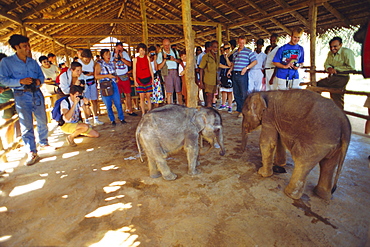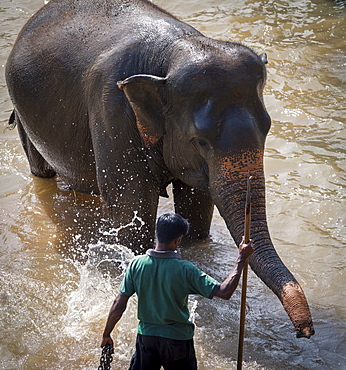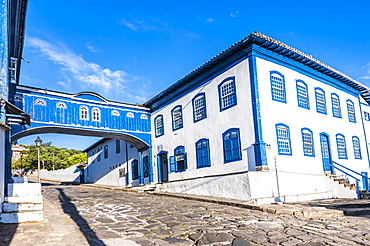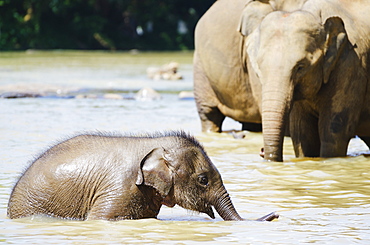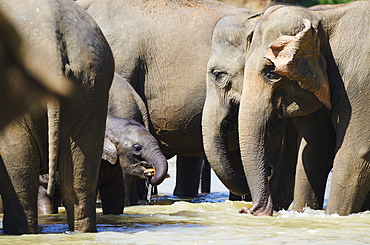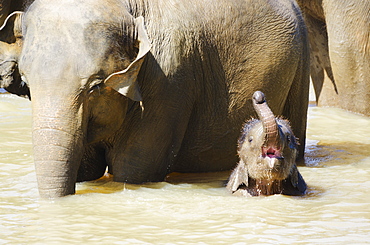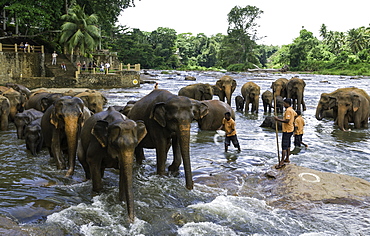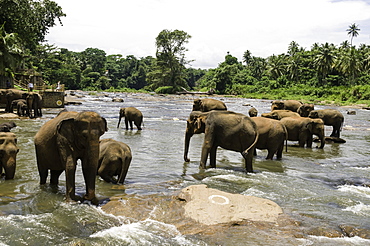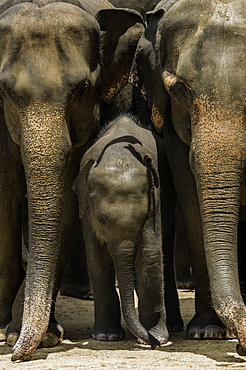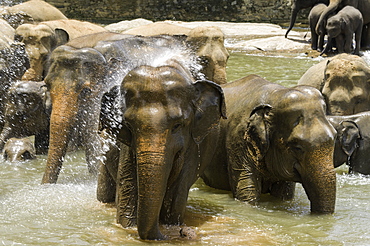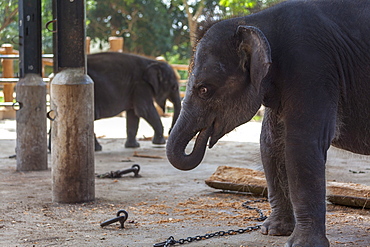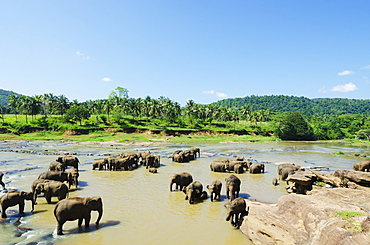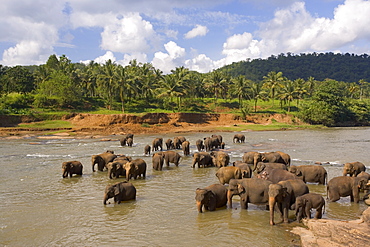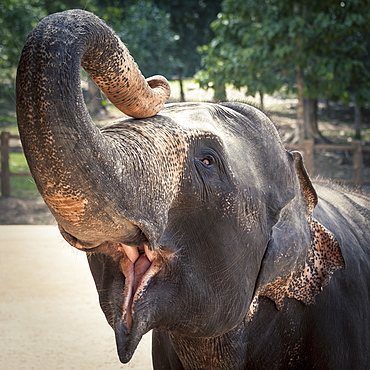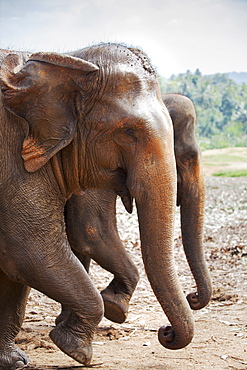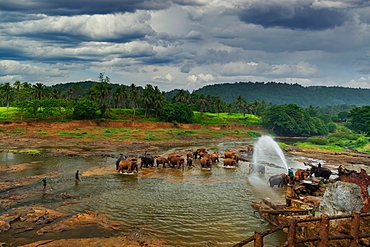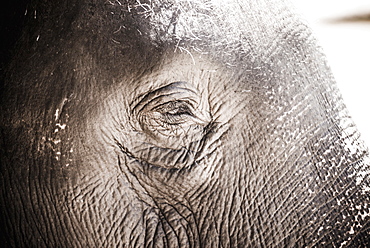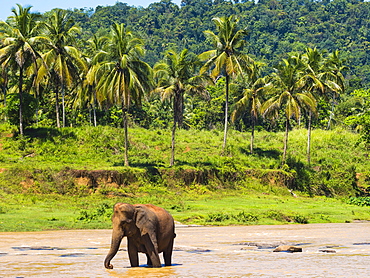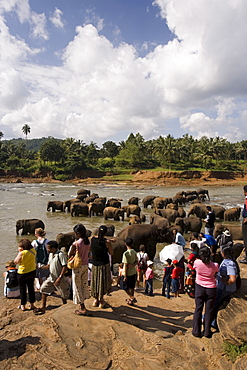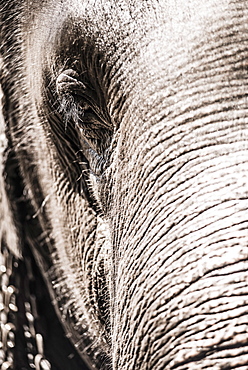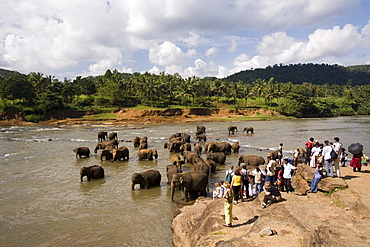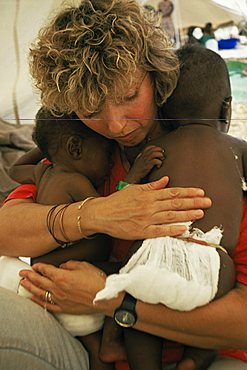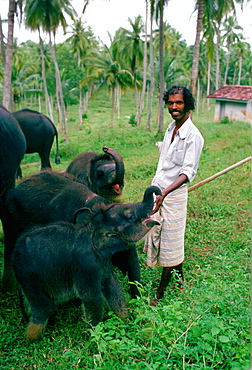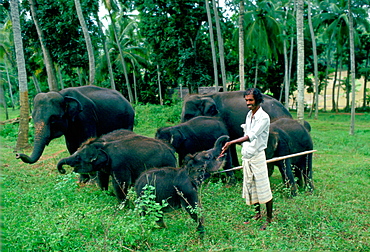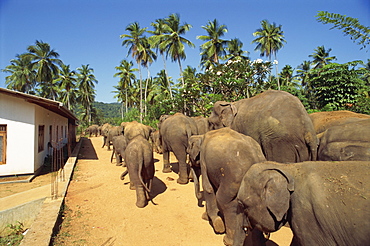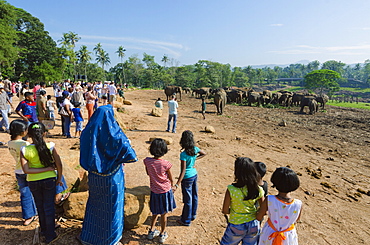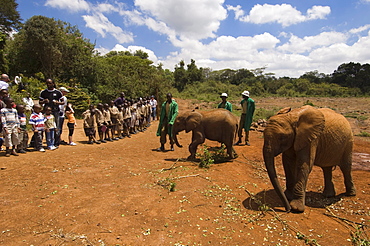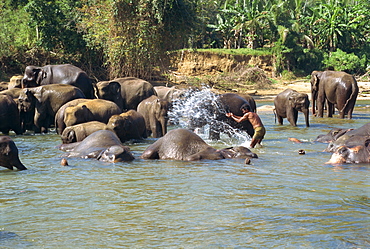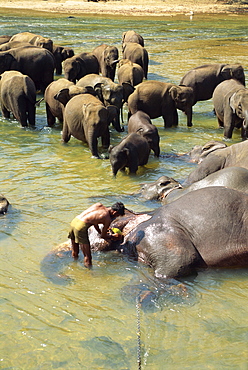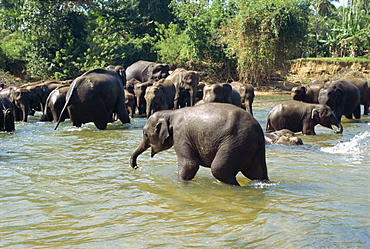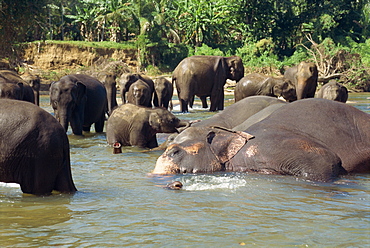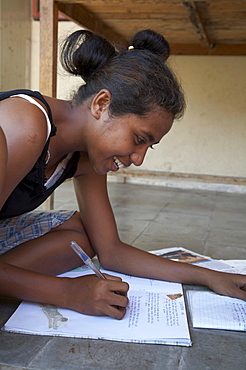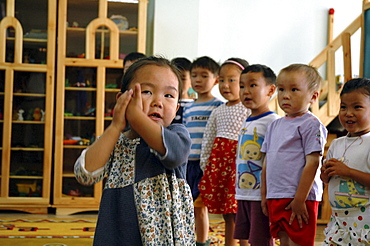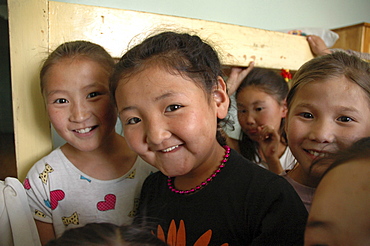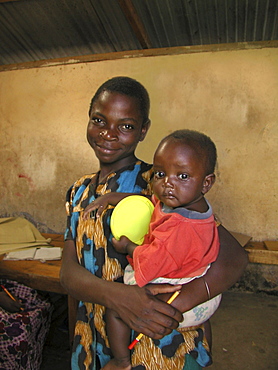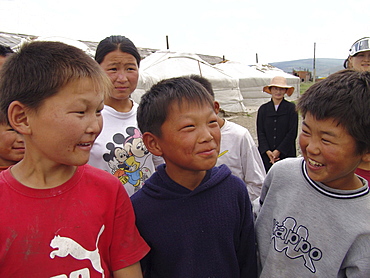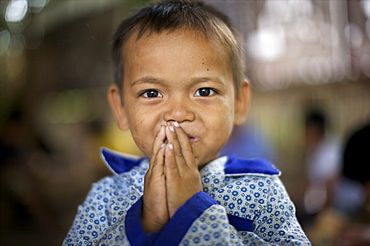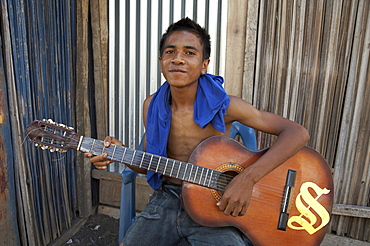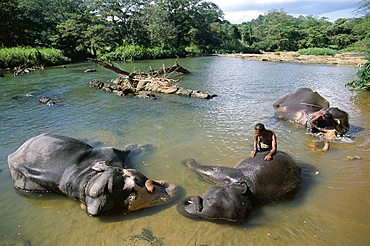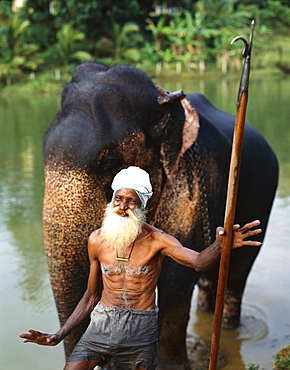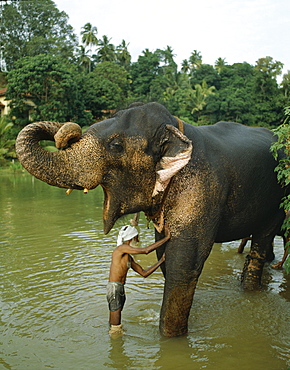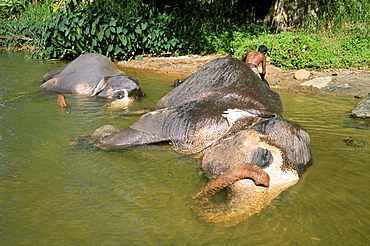Results
62 results found
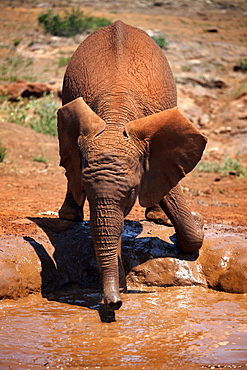
A baby elephant at the David Sheldrick Wildlife Trust elephant orphanage, Nairobi, Kenya, East Africa, Africa
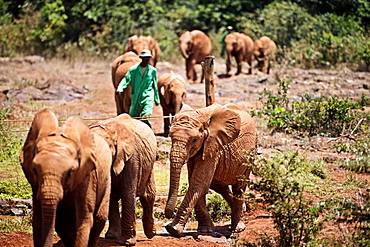
The David Sheldrick Elephant Orphanage takes in juvenile elephants (Loxodonta africana) orphaned by ivory poachers, Nairobi, Kenya, East Africa, Africa
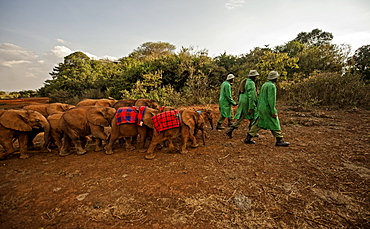
Keepers lead elephants (Loxodonta africana) back from the park into the David Sheldrick Elephant Orphanage at night, Nairobi, Kenya, East Africa, Africa
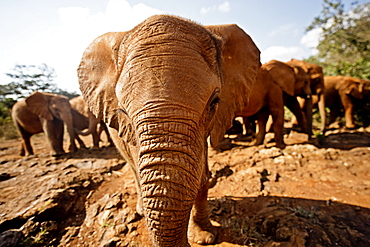
Juvenile elephants (Loxodonta africana) at the David Sheldrick Elephant Orphanage, Nairobi National Park, Nairobi, Kenya, East Africa, Africa
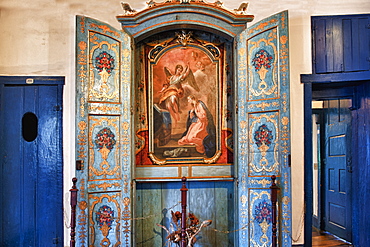
Interior of the Casa da Gloria, Diamantina, UNESCO World Heritage Site, Minas Gerais, Brazil, South America
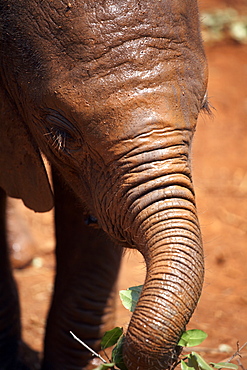
A baby elephant at the David Sheldrick Wildlife Trust elephant orphanage, Nairobi, Kenya, East Africa, Africa
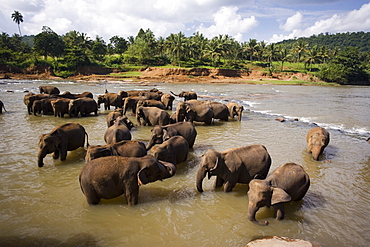
Elephants bathing in the river, Pinnewala Elephant Orphanage near Kegalle, Hill Country, Sri Lanka, Asia
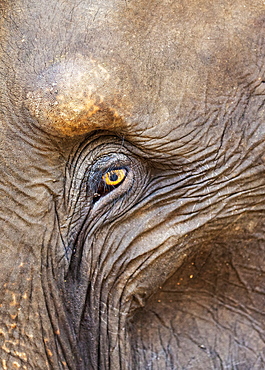
Close up of a adult elephant's (Elephantidae) eye and crinkled skin, Pinnewala Elephant Orphanage, Sri Lanka, Asia
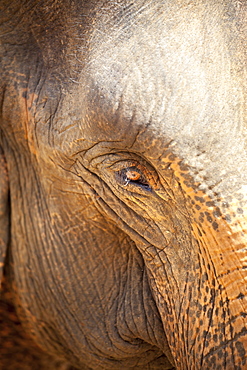
Close up of a adult elephant's (Elephantidae) eye and crinkled skin, Pinnewala Elephant Orphanage, Sri Lanka, Asia
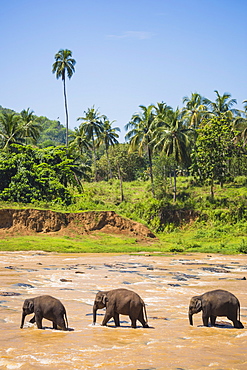
Three elephants in the Maha Oya River at Pinnawala Elephant Orphanage near Kegalle in the Hill Country of Sri Lanka, Asia
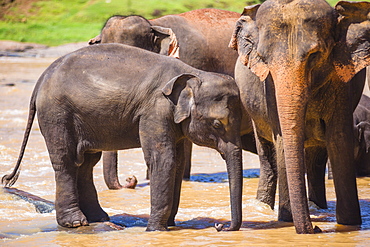
Mother and baby elephant in the Maha Oya River, Pinnawala Elephant Orphanage, near Kegalle in the Hill Country of Sri Lanka, Asia
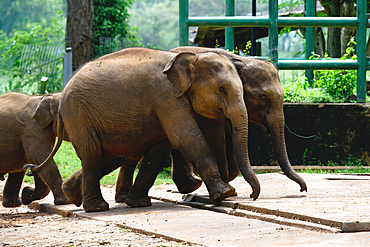
Young orphaned Sri Lankan elephants running to be fed with milk, Pinnawala Elephant Orphanage, Kataragama, Sri Lanka
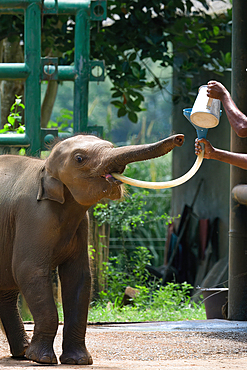
Orphaned Baby elephant being fed with milk by a caretaker, Pinnawala Elephant Orphanage, Kataragama, Sri Lanka
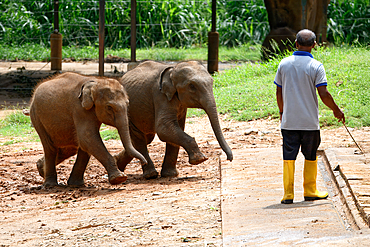
Two young orphaned Sri Lankan elephants running to be fed with milk by a caretaker, Pinnawala Elephant Orphanage, Kataragama, Sri Lanka
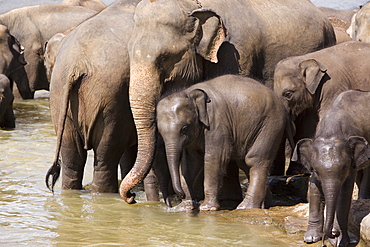
Elephants bathing in the river, Pinnewala Elephant Orphanage, near Kegalle, Hill Country, Sri Lanka, Asia
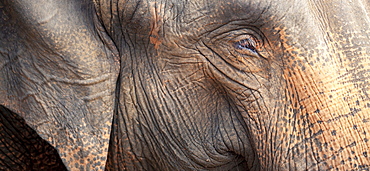
Close up of a adult elephant's (Elephantidae) head and crinkled skin, Pinnewala Elephant Orphanage, Sri Lanka, Asia
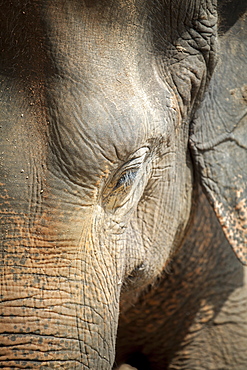
Close up of a adult elephant's (Elephantidae) head and crinkled skin, Pinnewala Elephant Orphanage, Sri Lanka, Asia
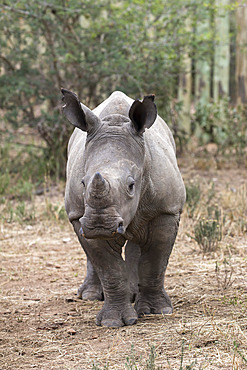
Ithuba, white rhino calf (Ceratotherium simum) orphaned by poaching, Thula Thula Rhino Orphanage, KwaZulu-Natal, South Africa, Africa
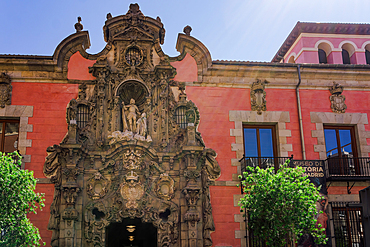
History Museum of Madrid facade, old orphanage building with Baroque exterior, Madrid, Spain, Europe

Juvenile elephants (Elephantidae) playing with their trunks, Pinnewala Elephant Orphanage, Sri Lanka, Asia

Elephants bathing in the river, Pinnewala Elephant Orphanage near Kegalle, Hill Country, Sri Lanka, Asia
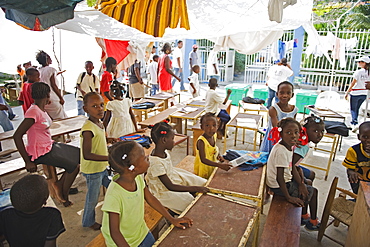
Orphans at an orphanage after the January 2010 earthquake, Port au Prince, Haiti, West Indies, Caribbean, Central America
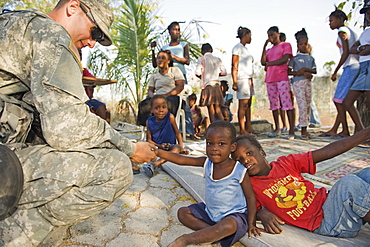
US Army soldier at an orphanage in Port au Prince after the 2010 earthquake, Port au Prince, Haiti, West Indies, Caribbean, Central America
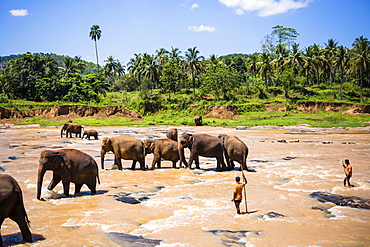
Pinnawala Elephant Orphanage, Elephants and mahouts in the Maha Oya River near Kegalle in the Hill Country of Sri Lanka, Asia
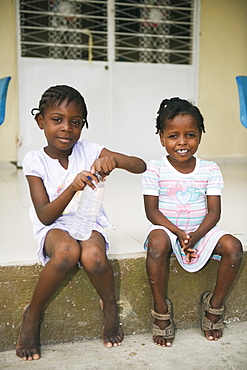
Orphans at an orphanage after the January 2010 earthquake, Port au Prince, Haiti, West Indies, Caribbean, Central America
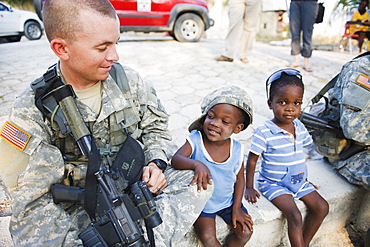
US Army soldier at an orphanage in Port au Prince after the 2010 earthquake, Port au Prince, Haiti, West Indies, Caribbean, Central America
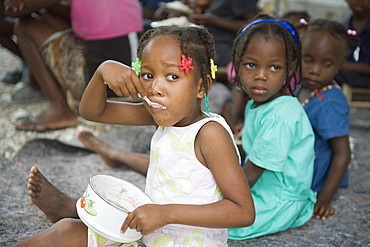
Orphans at an orphanage after the January 2010 earthquake, Port au Prince, Haiti, West Indies, Caribbean, Central America
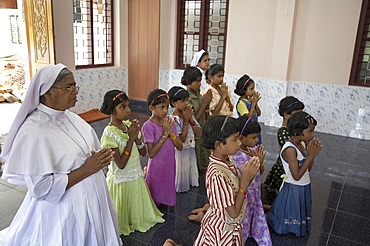
India. Nuns and girls at prayer. Mary matha bala bhavan, a girls orphanage run by syro-malabar catholic missionary sisters of mary immaculate (msmi), chamal village, thamarassery diocese, khozikode, kerala. 2007
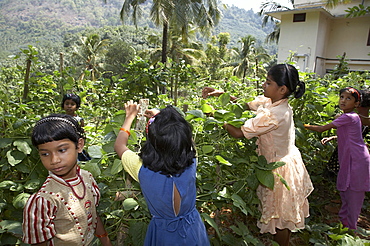
India. Girls working in vegetable plot. Mary matha bala bhavan, a girls orphanage run by syro-malabar catholic missionary sisters of mary immaculate (msmi), chamal village, thamarassery diocese, khozikode, kerala. 2007
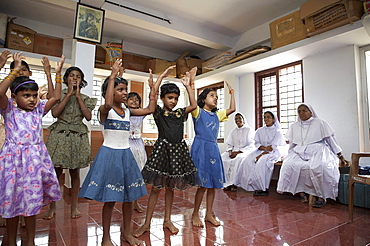
India. Dancing girls. Mary matha bala bhavan, a girls orphanage run by syro-malabar catholic missionary sisters of mary immaculate (msmi), chamal village, thamarassery diocese, khozikode, kerala. 2007
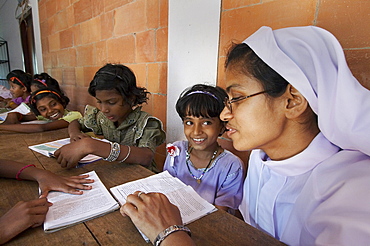
India. Study and reading time, helped by sister bincy joseph.Mary Matha bala bhavan, a girls orphanage run by syro-malabar catholic missionary sisters of mary immaculate (msmi), chamal village, thamarassery diocese, khozikode, kerala. 2007
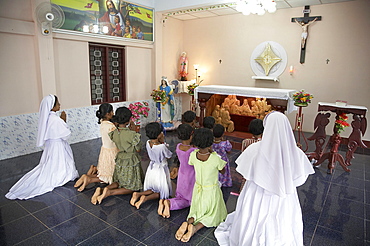
India. Nuns and girls at prayer. Mary matha bala bhavan, a girls orphanage run by syro-malabar catholic missionary sisters of mary immaculate (msmi), chamal village, thamarassery diocese, khozikode, kerala. 2007
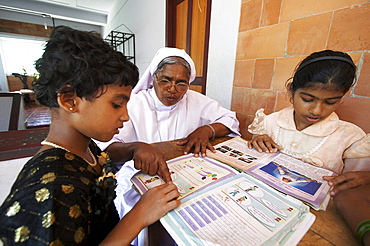
India. Study and reading time, helped by sister jane thennattil (director).Mary Matha bala bhavan, a girls orphanage run by syro-malabar catholic missionary sisters of mary immaculate (msmi), chamal village, thamarassery diocese, khozikode, kerala. 2007
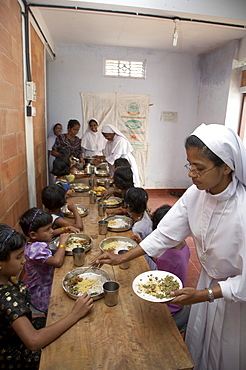
India. Sister bincy joseph aruviyil serving, during mealtime at the mary matha bala bhavan, a girls orphanage run by syro-malabar catholic missionary sisters of mary immaculate (msmi), chamal village, thamarassery diocese, khozikode, kerala. 2007
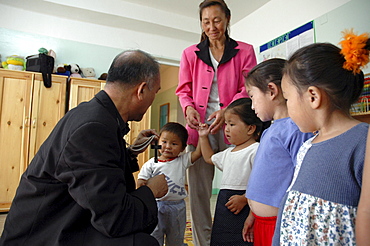
Mongolia catholic bishop wens padilla visiting the verbist center for street children and orphans, ulaan baatar
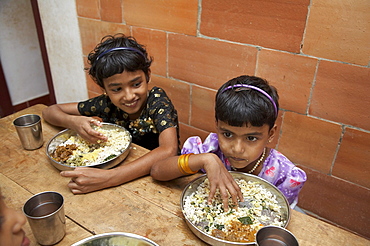
India. Mealtime at the mary matha bala bhavan, a girls orphanage run by syro-malabar catholic missionary sisters of mary immaculate (msmi), chamal village, thamarassery diocese, khozikode, kerala. 2007
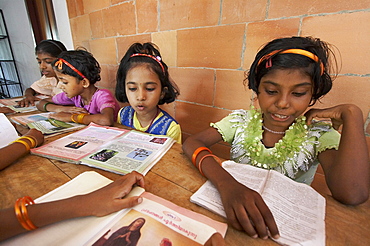
India. Study and reading time. Mary matha bala bhavan, a girls orphanage run by syro-malabar catholic missionary sisters of mary immaculate (msmi), chamal village, thamarassery diocese, khozikode, kerala. 2007
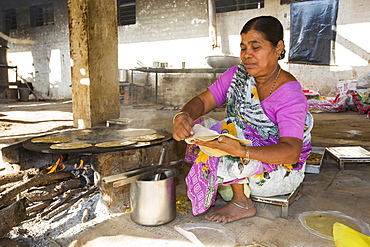
The Muni Seva Ashram in Goraj, near Vadodara, India, is a tranquil haven of humanitarian care. The Ashram is hugely sustainable, next year it will be completely carbon neutral. Its first solar panels were installed in 1984, long before climate change was on anyones agenda. Their energy is provided from solar panels, and wood grown on the estate. Waste food and animal manure is turned inot biogas to run the estates cars and also used for cooking. Solar cookers are also used, and the air conditioning for the hospital is solar run. 70 % of the food used is grown on the estate. They provide an orphanage, schools for all ages, vocational training, care for the elderly, a specialist cancer hospital withstate of the art machinary, and even have a solar crematorium. This shot shows a cook preparing chapatis on a biofuel stove.
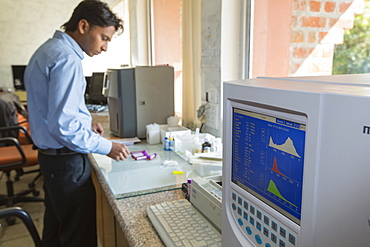
The Muni Seva Ashram in Goraj, near Vadodara, India, is a tranquil haven of humanitarian care. The Ashram is hugely sustainable, next year it will be completely carbon neutral. Its first solar panels were installed in 1984, long before climate change was on anyones agenda. Their energy is provided from solar panels, and wood grown on the estate. Waste food and animal manure is turned inot biogas to run the estates cars and also used for cooking. Solar cookers are also used, and the air conditioning for the hospital is solar run. 70 % of the food used is grown on the estate. They provide an orphanage, schools for all ages, vocational training, care for the elderly, a specialist cancer hospital withstate of the art machinary, and even have a solar crematorium. This shot shows a Hematology Analyzer for analyzing blood in one of the labs in the specialist cancer hospital.
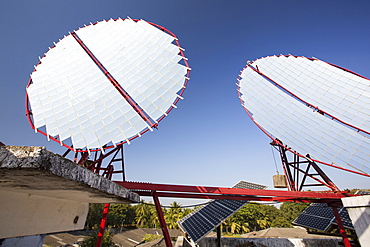
The Muni Seva Ashram in Goraj, near Vadodara, India, is a tranquil haven of humanitarian care. The Ashram is hugely sustainable, next year it will be completely carbon neutral. Its first solar panels were installed in 1984, long before climate change was on anyones agenda. Their energy is provided from solar panels, and wood grown on the estate. Waste food and animal manure is turned inot biogas to run the estates cars and also used for cooking. Solar cookers are also used, and the air conditioning for the hospital is solar run. 70 % of the food used is grown on the estate. They provide an orphanage, schools for all ages, vocational training, care for the elderly, a specialist cancer hospital withstate of the art machinary, and even have a solar crematorium. This shot shows solar panels that focus the suns rays on heat exchangers to boil oil, which is then sent down to the kitchens below to heat the cookers.
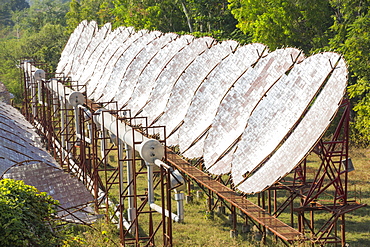
The Muni Seva Ashram in Goraj, near Vadodara, India, is a tranquil haven of humanitarian care. The Ashram is hugely sustainable, next year it will be completely carbon neutral. Its first solar panels were installed in 1984, long before climate change was on anyones agenda. Their energy is provided from solar panels, and wood grown on the estate. Waste food and animal manure is turned inot biogas to run the estates cars and also used for cooking. Solar cookers are also used, and the air conditioning for the hospital is solar run. 70 % of the food used is grown on the estate. They provide an orphanage, schools for all ages, vocational training, care for the elderly, a specialist cancer hospital withstate of the art machinary, and even have a solar crematorium. This shot shows the solar air conditioning for the Ashram's hospital.
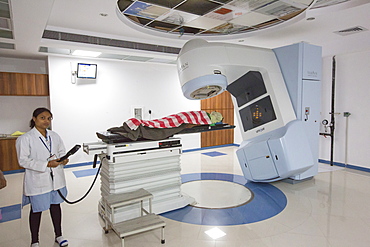
The Muni Seva Ashram in Goraj, near Vadodara, India, is a tranquil haven of humanitarian care. The Ashram is hugely sustainable, next year it will be completely carbon neutral. Its first solar panels were installed in 1984, long before climate change was on anyones agenda. Their energy is provided from solar panels, and wood grown on the estate. Waste food and animal manure is turned inot biogas to run the estates cars and also used for cooking. Solar cookers are also used, and the air conditioning for the hospital is solar run. 70 % of the food used is grown on the estate. They provide an orphanage, schools for all ages, vocational training, care for the elderly, a specialist cancer hospital withstate of the art machinary, and even have a solar crematorium. This shot shows a Varian nuclear proton therapy machine in the specialist cancer hospital.
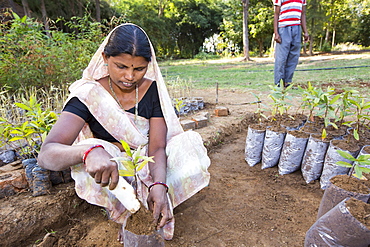
The Muni Seva Ashram in Goraj, near Vadodara, India, is a tranquil haven of humanitarian care. The Ashram is hugely sustainable, next year it will be completely carbon neutral. Its first solar panels were installed in 1984, long before climate change was on anyones agenda. Their energy is provided from solar panels, and wood grown on the estate. Waste food and animal manure is turned inot biogas to run the estates cars and also used for cooking. Solar cookers are also used, and the air conditioning for the hospital is solar run. 70 % of the food used is grown on the estate. They provide an orphanage, schools for all ages, vocational training, care for the elderly, a specialist cancer hospital withstate of the art machinary, and even have a solar crematorium. This shot shows a woman planting trees for onward growth in the Ashrams forests.

The Muni Seva Ashram in Goraj, near Vadodara, India, is a tranquil haven of humanitarian care. The Ashram is hugely sustainable, next year it will be completely carbon neutral. Its first solar panels were installed in 1984, long before climate change was on anyones agenda. Their energy is provided from solar panels, and wood grown on the estate. Waste food and animal manure is turned inot biogas to run the estates cars and also used for cooking. Solar cookers are also used, and the air conditioning for the hospital is solar run. 70 % of the food used is grown on the estate. They provide an orphanage, schools for all ages, vocational training, care for the elderly, a specialist cancer hospital withstate of the art machinary, and even have a solar crematorium. This shot shows the girls school.
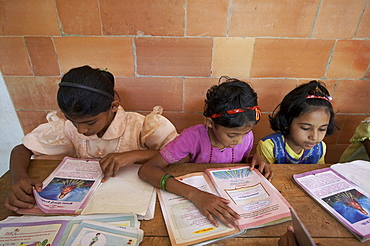
India. Study and reading time. Mary matha bala bhavan, a girls orphanage run by syro-malabar catholic missionary sisters of mary immaculate (msmi), chamal village, thamarassery diocese, khozikode, kerala. 2007
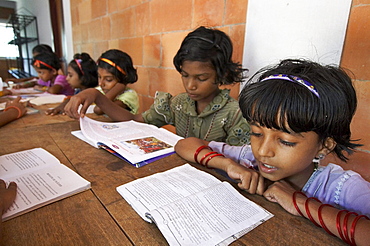
India. Study and reading time. Mary matha bala bhavan, a girls orphanage run by syro-malabar catholic missionary sisters of mary immaculate (msmi), chamal village, thamarassery diocese, khozikode, kerala. 2007
